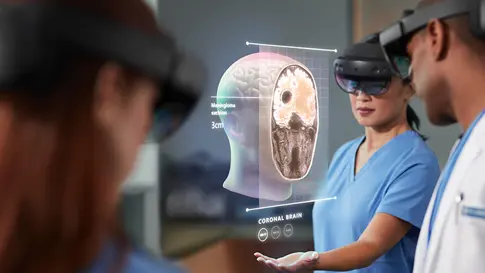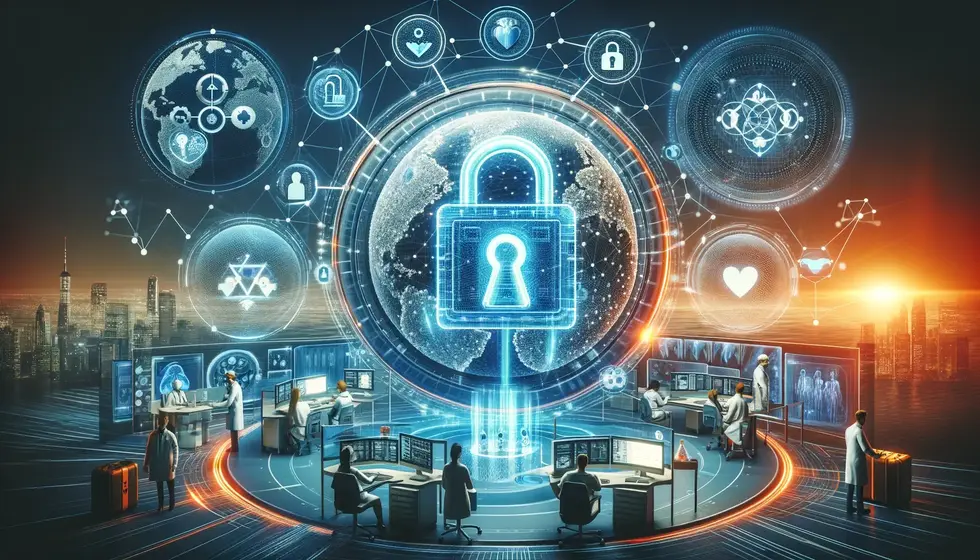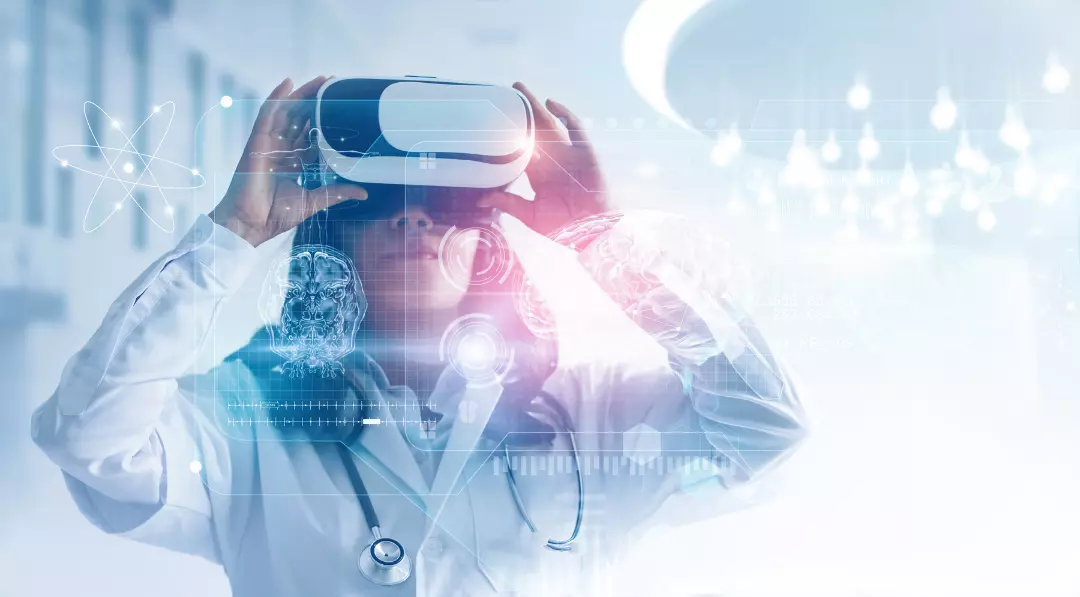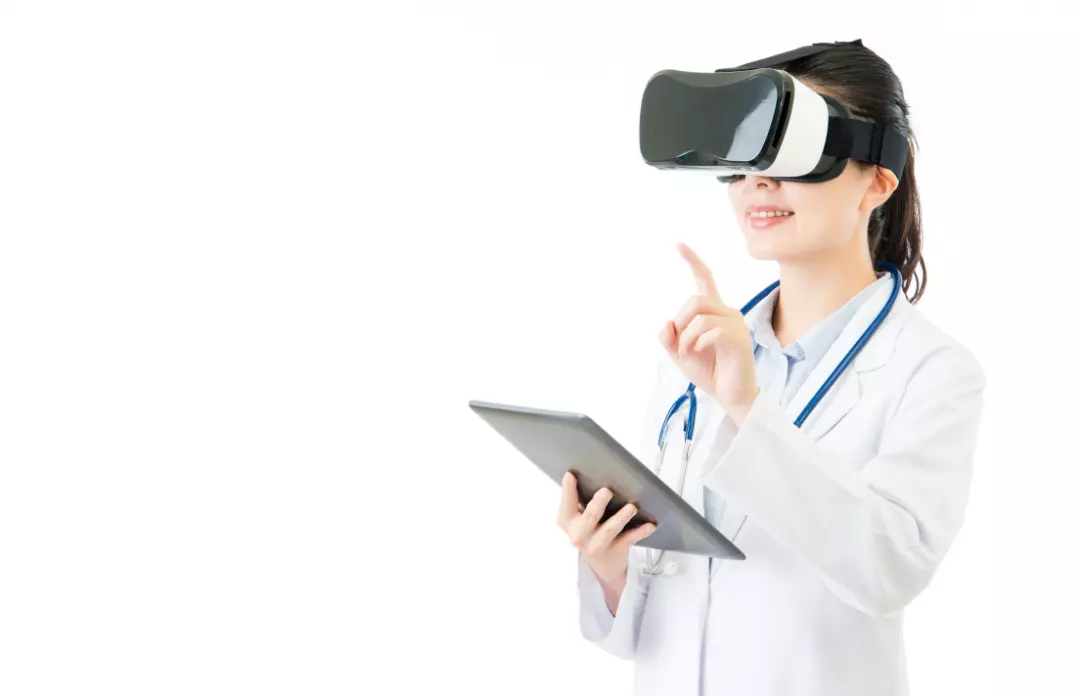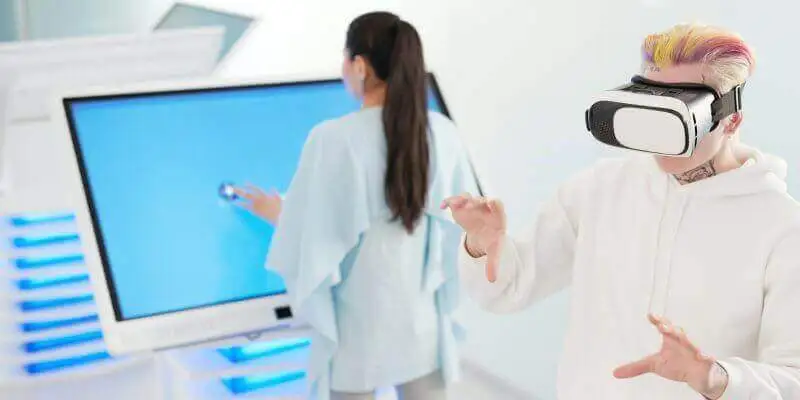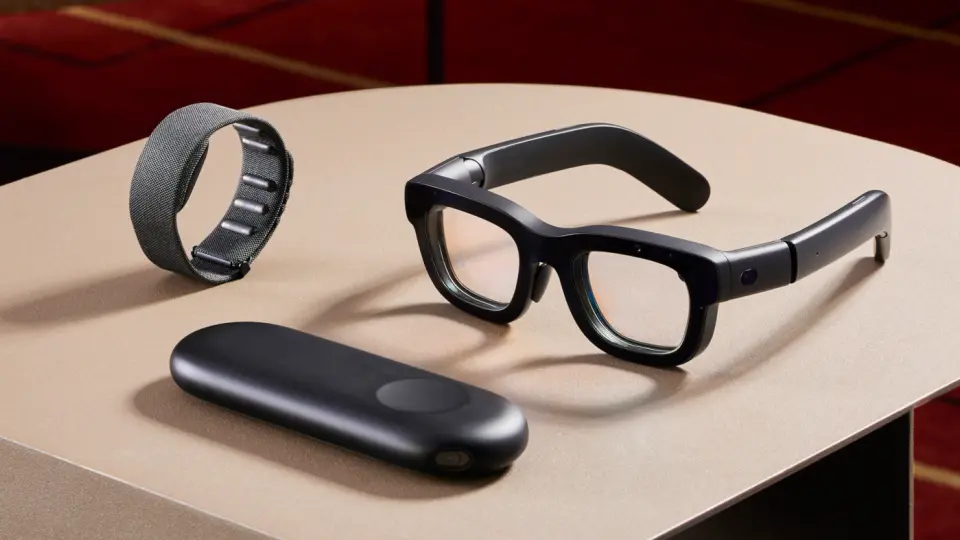What is the difference between virtual reality (VR) and mixed reality (MR)?
Posted on May 30, 2022 6 minutes 1114 words
Table of contents
As technology advances, we witness the merging of real and virtual worlds every day. When we look at what has led to this change, we come across augmented reality (AR), virtual reality (VR), and mixed reality (MR) technologies. We’ve all heard of these technologies many times, but we can confuse what the differences are between them. In this article, we will explain the differences and examples between virtual reality and mixed reality.
Virtual Reality (VR)
Virtual reality is a technology that completely removes the user from today’s world and inserts it into a virtual world produced by computers. In the virtual reality environment, there are images and sounds that are very close to reality. The virtual world is 360 degrees and 3D. The user who enters this world can act as she/he wishes, look around, and interact with it.
Virtual reality technology creates the environment using hardware and software technologies. The boundaries of this world are very wide. Everything that exists or does not exist in today’s world can exist in this world. This is because the developer can create whatever she/he wants in this world and present it to the user. To use virtual reality technology, the user needs VR headsets. These headsets are divided into 2 categories: computer-connected and stand-alone headsets. Headsets connected to the computer offer a high level of virtual experience because they create the virtual world using the computer’s image processing power. Since computers have the very high image processing power, they offer a very realistic experience. Successful examples of these headsets are the Oculus Quest, PlayStation VR, Samsung Odyssey Plus, and HTC Vive.
Standalone headsets do not need to be connected to a computer. Many of them use smartphones as hardware. With the help of the screen of the smartphone, a VR experience can be experienced. There is a system in which the smartphone screen is placed, and the smartphone screen provides a VR experience. An example of this system is Google Cardboard. Another type of stand-alone headsets are those whose hardware needs are in their own system. Their own hardware provides the VR experience, so no external hardware is required. We can say the Oculus Go is an example of this type.
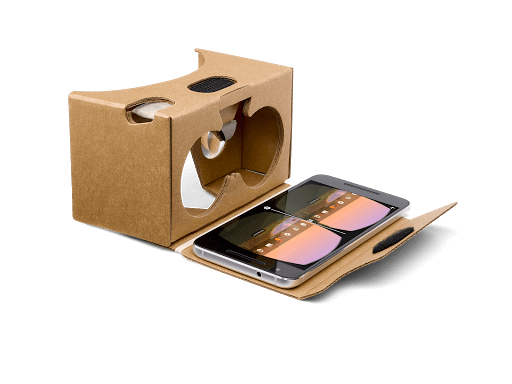
When we look at real-life examples of virtual reality, we first come across the entertainment industry and games. Many game developers are adapting their games to VR and releasing new games directly for VR. The well-known games Minecraft and Resident Evil are examples of games. With VR, you can enter the world of these two games and many more, and experience yourself as if you are in that world. The real-life uses of VR don’t just end with games, either. VR opens up a whole new world for us with its usage areas ranging from a surgeon’s surgery training to real estate agents showing their customers the houses they want to promote with VR one-on-one.
Mixed Reality (MR)
In mixed reality, we do not enter a virtual world like in virtual reality. The virtual world and our real-world come together. In mixed reality, virtual objects appear as if they really exist in today’s world, and we can interact with these virtual objects. If this explanation seems a little confusing, we can explain it much more easily with a real-life example. There is almost no one who does not know the Angry Birds game. Throwing birds with slingshots at the opposite targets is the goal of the game.ts. This game has been played on phones or tablets in 2D for a long time. With Mixed Reality, you can play this game while sitting in your room as if you are really holding a slingshot and hitting this target with the birds you will throw.
Let’s think about what we can do from this example. Imagine you are an architect and design a house. You can visualize and move the digital model of this house with MR and view all its details. In this way, you can develop all the details in a better way and show the people you design your home within a way that will maximize the 3D experience.
In another example, imagine that the keyboard and screen that we use in our daily life appear in front of us digitally. In this way, you can freely use the keyboard wherever you want and watch the screen from any point you want, without physically needing a keyboard or a screen.
You can experience mixed reality technology on two different devices, Holographic devices, and Immersive devices. Holographic devices have translucent glasses that allow you to see your surroundings comfortably. They make digital objects appear as if they exist in the real world, thus providing a mixed reality experience. The most prominent example of these devices is Microsoft HoloLens. Immersive devices do not have translucent glasses. The view of the physical world is not directly visible on these devices as it is in VR headsets. Since there is no translucent screen, the monitoring of the outside world is provided by cameras and sensors. You can experience mixed reality with these two different device types.
Mixed reality’s real-life applications are not limited to the entertainment industry, either. It provides great benefits to the work of teams with the high-level immersive communication experiences it provides. Since the connection with the outside world is not interrupted in MR, employees can both use MR devices and continue their work in the physical world. Another prominent usage area is the manufacturing sector. With MR, workers can be shown what to do with holograms, thus bringing both efficiency and security to the production sector. As with VR technology, MR is actively used in the education sector. For example, in medical education, if the human anatomy needs to be examined, human anatomy can be shown in the form of a hologram without breaking the connection with the outside world. Trainees can also interactively participate in the learning process. MR technology has much wider uses and is increasing day by day.
Summary
We learned the differences and examples of VR and MR technologies in detail. If we want to briefly summarize the difference between these two technologies, virtual reality takes us completely away from today’s world and takes us to a virtual world created by computers. Mixed reality, on the other hand, allows us to add digital elements to today’s world and interact with and manipulate these elements.
In addition to this topic, you can also read our articles about what is smart glasses, virtual reality, augmented reality and mixed reality.

